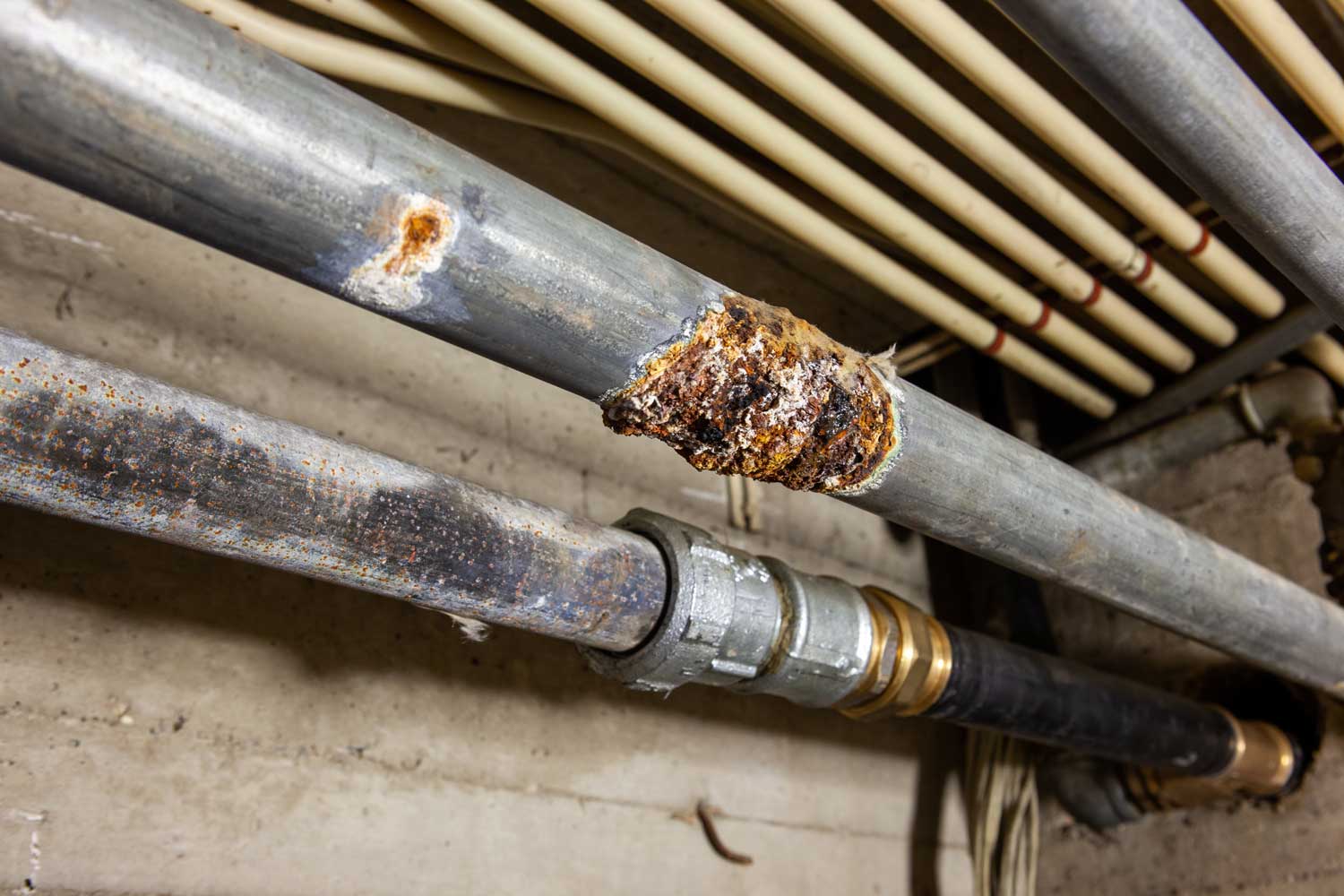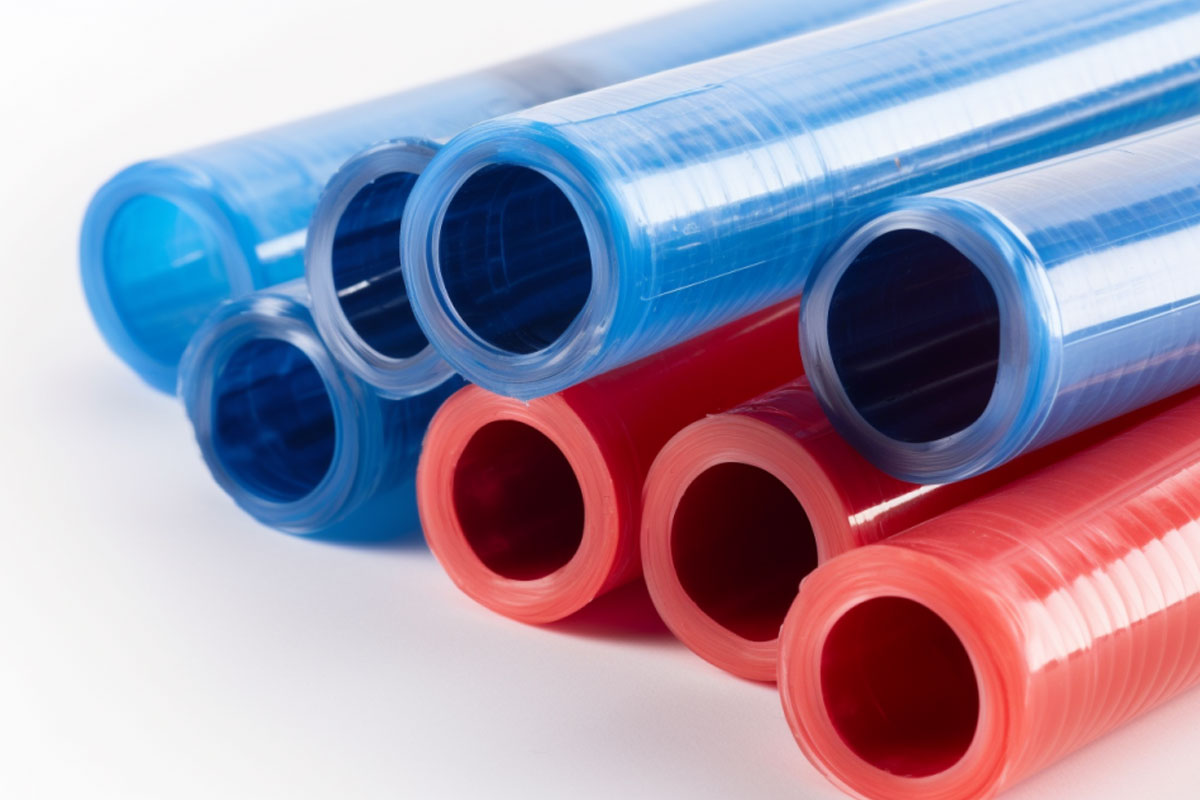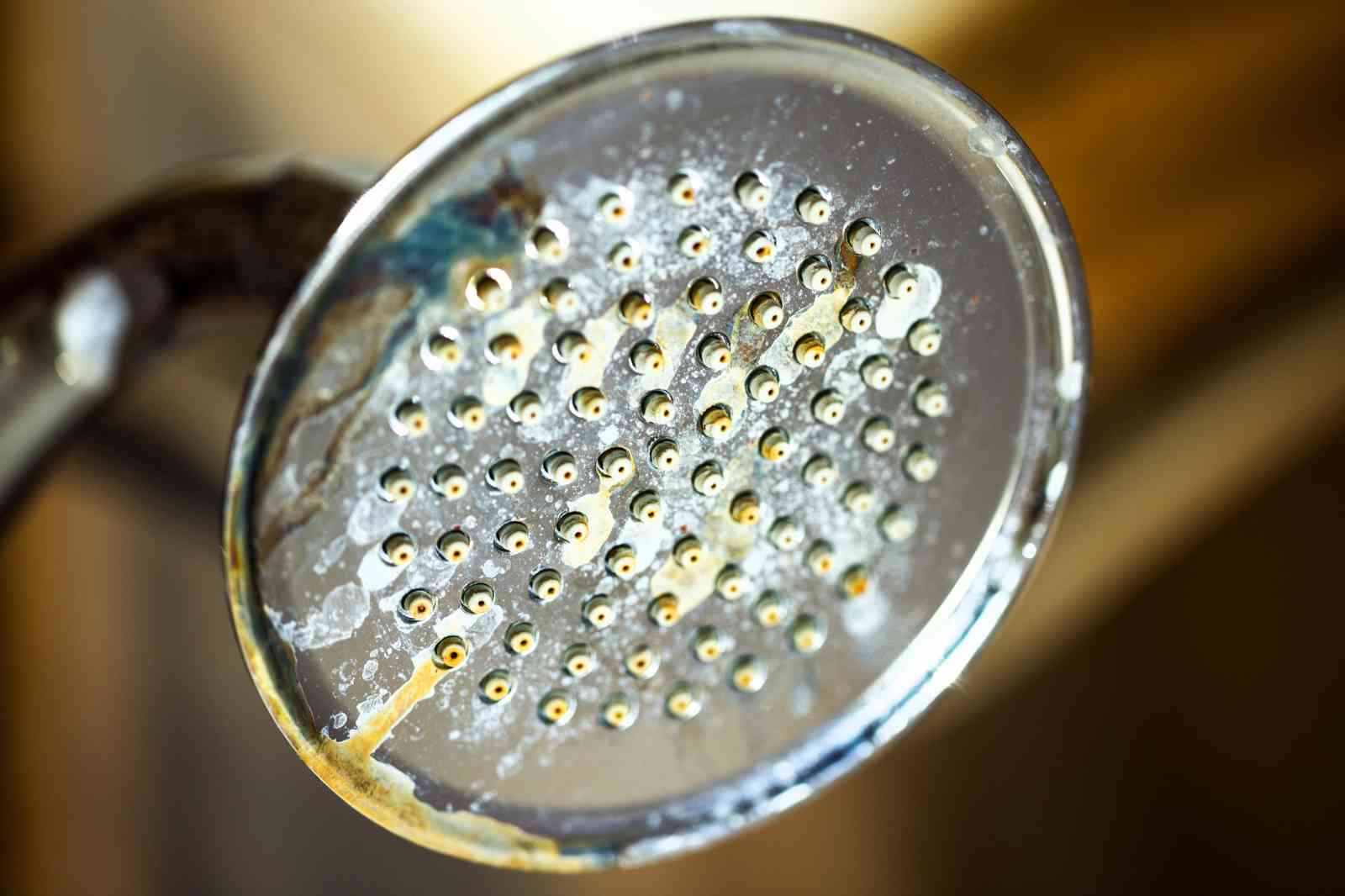Understanding the longevity of galvanized pipes is crucial for homeowners and property managers alike. Galvanized pipes, which are steel pipes coated with a protective zinc coating, have been widely used in plumbing systems for many decades. However, the life expectancy of these pipes can vary based on several factors, and knowing when to replace them can save you from costly plumbing issues in the future. This guide will delve into the lifespan of galvanized pipes, how to identify when you will need a home pipe replacement, the risks associated with aging galvanized plumbing, and repiping services and alternatives available in modern construction.
What is the Lifespan of Galvanized Pipes?
Understanding the Life Expectancy of Galvanized Steel Plumbing
The lifespan of galvanized pipes typically ranges from 20 to 50 years, depending on various environmental and usage factors. Galvanized pipes are made of steel and are coated with zinc to prevent rust and corrosion, which can significantly extend their life. However, over time, the protective zinc coating can wear away, leading to exposure of the underlying steel to moisture, which can accelerate the corrosion process. As galvanized pipes age, they may develop internal rust, reducing water flow and water pressure, and potentially leading to leaks, including slab leaks. Understanding this life expectancy is crucial for maintaining a functional plumbing system.
Factors Affecting the Lifespan of Galvanized Pipes
Several factors can influence how long galvanized pipes last. The quality of the initial installation, the water supply’s pH level, and the presence of hard water can all play a significant role. High mineral content in hard water can lead to the buildup of scale inside the pipes, which can restrict water flow and increase pressure, ultimately contributing to the deterioration of the galvanized steel plumbing. Additionally, exposure to corrosive elements such as chlorine or other chemicals can significantly decrease the lifespan of galvanized water pipes. Regular maintenance, such as checking for rust and assessing water pressure, can help prolong the life of these pipes.
Typical Timeframe of a Piping Replacement
Typically, homeowners should consider the time to replace their galvanized pipes if they are approaching the 30-year mark, especially if they start to experience issues such as low water pressure or leaks. While some galvanized pipes may last longer, it’s essential to monitor their condition closely. If you’re unsure about the condition of your plumbing system, it may be wise to consult a professional plumber who can assess whether it’s time to replace your galvanized pipes or if repairs will suffice.
How Can I Tell If I Need A Home Pipe Replacement?
Signs That Indicate You Need A Piping Replacement
There are several signs that indicate you may need to replace your galvanized pipes. One of the most evident signs is a decrease in water pressure. If you notice that your water pressure has dropped significantly, it may be due to rust and corrosion buildup inside the pipes. Another sign to look for is discoloration of the water; if your water has a brownish tint or a metallic taste, it could be a sign that rust is contaminating your water supply. Additionally, visible leaks or wet spots on walls or ceilings can indicate that your plumbing system is compromised, necessitating a replacement of the galvanized pipes.
Common Issues with Old Galvanized Plumbing
Old galvanized plumbing systems can present a variety of common issues, primarily due to rust and corrosion. Over time, these pipes may develop leaks that can lead to water damage, mold growth, and structural issues in your home. Furthermore, galvanized pipes are prone to clogging due to the buildup of mineral deposits, which can restrict water flow and affect the overall performance of your plumbing system. Homeowners should be vigilant about these potential issues, as they often require immediate attention to prevent further damage.
Assessing Water Pressure and Flow in Galvanized Steel Pipes
To assess the condition of your galvanized steel pipes, it’s essential to measure water pressure and flow. A pressure gauge can be installed on a faucet or hose bib to determine if the water pressure is within the acceptable range. If you notice that the water pressure is significantly lower than normal, it may indicate that the galvanized pipes are corroded or clogged. Additionally, conducting a flow test can help measure the rate at which water discharges from fixtures. If the flow rate is low, it may be time to consider replacing your galvanized pipes to restore optimal performance.
What Are the Risks of Using Old Galvanized Pipes?
Corrosion and Rust: What to Look Out For
Corrosion and rust are the two primary concerns associated with old galvanized pipes. As the protective zinc coating deteriorates, the underlying steel becomes susceptible to rust, which can lead to serious plumbing issues. Homeowners should be on the lookout for signs of corrosion, such as flaking or discoloration on the exterior of the pipes. If corrosion is present, it can compromise the integrity of the entire plumbing system, leading to potential leaks and costly repairs. Regular inspections can help identify corrosion early and prompt necessary actions.
The Impact of Lead Pipes in Old Plumbing Systems
Another significant risk associated with old galvanized plumbing systems is the potential presence of lead pipes. In some older homes, galvanized pipes were used in conjunction with lead pipes, which can pose serious health risks. Lead contamination can occur when water sits in lead pipes for extended periods, leaching lead into the water supply. If you are uncertain about the materials used in your plumbing system, it’s crucial to conduct a thorough assessment to ensure that your water supply lines are safe and free from harmful contaminants.
Potential Water Quality Issues with Aging Galvanized Steel Plumbing
Aging galvanized steel plumbing can also lead to various water quality issues. The corrosion of galvanized pipes can result in the leaching of metals and sediment into your water supply, affecting its taste, color, and overall quality. Homeowners may experience issues such as discolored water, unpleasant odors, or a metallic taste. If these symptoms arise, it’s essential to have your water tested and consider replacing your galvanized pipes to ensure clean, safe drinking water.
How Do I Replace My Galvanized Pipes?
Steps to Replace Your Galvanized Pipes Safely
Replacing galvanized pipes involves several crucial steps to ensure safety and effectiveness. First, you should turn off the water supply to prevent leaks during the replacement process. Next, drain the existing pipes by running water until no more comes out. Carefully remove the old galvanized pipes using appropriate tools, ensuring that you take safety precautions to avoid injury. After the removal, install the new pipes, whether they are copper, PEX, or other modern materials, ensuring that all connections are secure and leak-free. Finally, turn the water supply back on and check for leaks, ensuring that the new plumbing system functions correctly.
Choosing the Right Materials for Pipe Replacement
When it comes to replacing galvanized pipes, choosing the right materials is essential for long-term durability and performance. Copper pipes and PEX (cross-linked polyethylene) are two popular alternatives that offer several advantages over galvanized pipes. Copper pipes are known for their longevity and resistance to corrosion, while PEX is flexible, easy to install, and resistant to scale and chlorine. Both materials can help enhance your plumbing system’s efficiency and safety, making them excellent choices for replacing old galvanized pipes.
Hiring a Professional vs. DIY Replacement
Deciding whether to hire a professional or undertake a DIY replacement of galvanized pipes is a significant consideration. While DIY projects can save money, replacing plumbing can be complex and may require specialized knowledge and tools. Hiring a licensed plumber can ensure that the job is done correctly, adhering to local codes and regulations. Additionally, professionals can offer warranties on their work, providing peace of mind. Ultimately, the choice between DIY and professional services will depend on your comfort level with plumbing tasks and the complexity of your specific plumbing system.
What Are the Alternatives to Galvanized Pipes in Modern Construction?
Comparing Galvanized Pipes with PEX and Copper
In modern construction, the use of galvanized pipes has declined significantly due to the emergence of better alternatives like PEX and copper. PEX pipes are lightweight, flexible, and resistant to corrosion, making them easier to install and less prone to leaks. On the other hand, copper pipes are highly durable and have a long lifespan, providing excellent resistance to corrosion. Both materials outperform galvanized pipes in terms of longevity and reliability, making them the preferred choice for new plumbing installations.
Benefits of Using Modern Plumbing Materials
Switching to modern plumbing materials offers numerous benefits over traditional galvanized pipes. For instance, PEX and copper pipes have a much lower risk of corrosion and rust, ensuring better water quality and flow rates. Additionally, these materials are designed to withstand varying water pressures, making them suitable for both residential and commercial plumbing systems. Moreover, modern plumbing materials often require less maintenance, leading to long-term cost savings for homeowners and property managers.
Understanding the Transition from Galvanized Steel to Newer Options
The transition from galvanized steel to newer plumbing options is becoming increasingly prevalent in the construction industry. As awareness of the limitations of galvanized pipes grows, builders and homeowners are opting for materials that offer improved performance and safety. This shift not only enhances the quality of plumbing systems but also contributes to better water conservation and efficiency in modern buildings. Understanding this transition is crucial for anyone considering a plumbing upgrade, as it highlights the importance of investing in materials that will last and provide reliable service for years to come.
Addressing the challenges posed by aging galvanized steel plumbing is essential for ensuring the safety and quality of your water supply. The potential health risks associated with lead and the various water quality issues linked to corrosion highlight the need for proactive measures. By understanding the options available for replacing galvanized pipes, including modern materials like PEX and copper, homeowners can make informed decisions that enhance their plumbing systems’ efficiency and longevity. Whether opting for a DIY approach or hiring a professional, prioritizing the transition to safer and more reliable plumbing solutions will not only improve water quality but also contribute to the overall well-being of your household. Investing in modern plumbing materials is a step towards a healthier and more efficient home environment. Contact us today if you need a consultation on your pipes.



